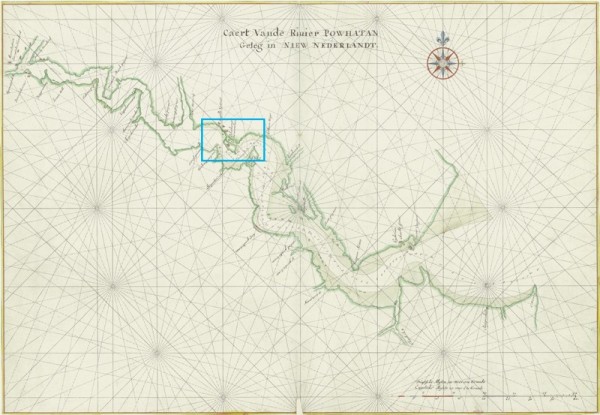
Johannes Vingboons (ca. 1616–1670), Caert Vande Riuier POWHATAN. Geleg in NIEW NEDERLANDT, [1617]. (Kaarten and Tekeningen, Maps and Plans Division, document 4. VELH 619.89, Algemmeen Rijksarchief, The Hague.) This map is believed to be a Dutch copy of an English original drawn in 1617. Michael Jarvis and Jeroen van Driel, “The Vingboons Chart of the James River, Virginia, circa 1617,” The William and Mary Quarterly 54, no. 2 (1997): 377–94.
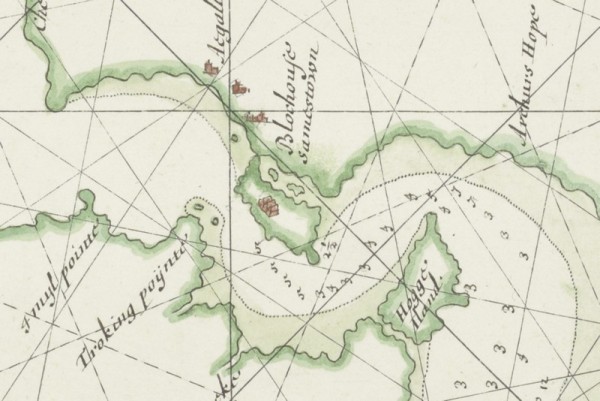
Detail of the map illustrated in fig. 1 showing Jamestown Island.

Conjectural depiction of James Fort ca. 1608, based on the archaeological evidence. (Courtesy, National Geographic Society.)
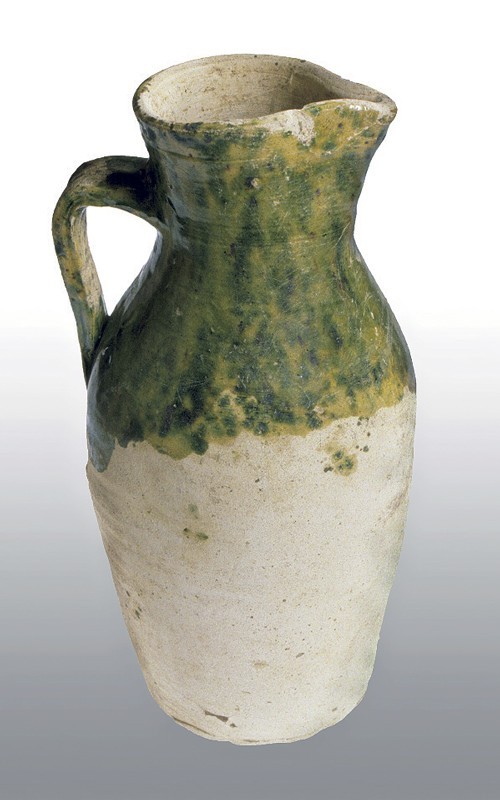
Drinking jug, Surrey-Hampshire, England, ca. 1600–1610. Lead-glazed earthenware. H. 7 1/2". (Courtesy, Jamestown Rediscovery Foundation, 688-JR.) These ceramics types are generally referred to in America as Border Ware, but in Britain this would be confused with ceramics from the Scottish borders.
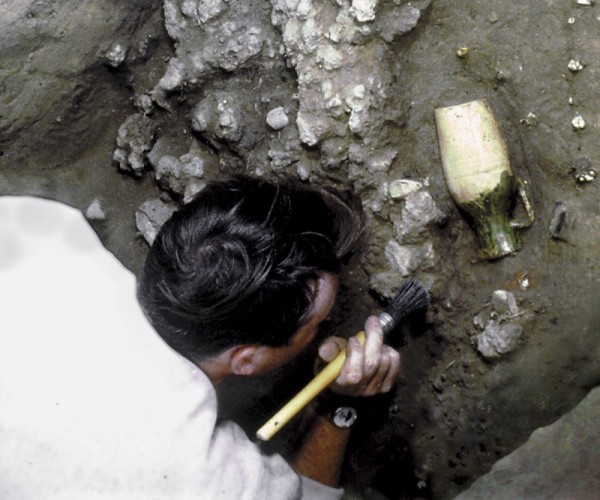
Archaeologist excavating a drinking jug from James Fort’s bulwark trench, ca. 1610. (Courtesy, Jamestown Rediscovery Foundation.)
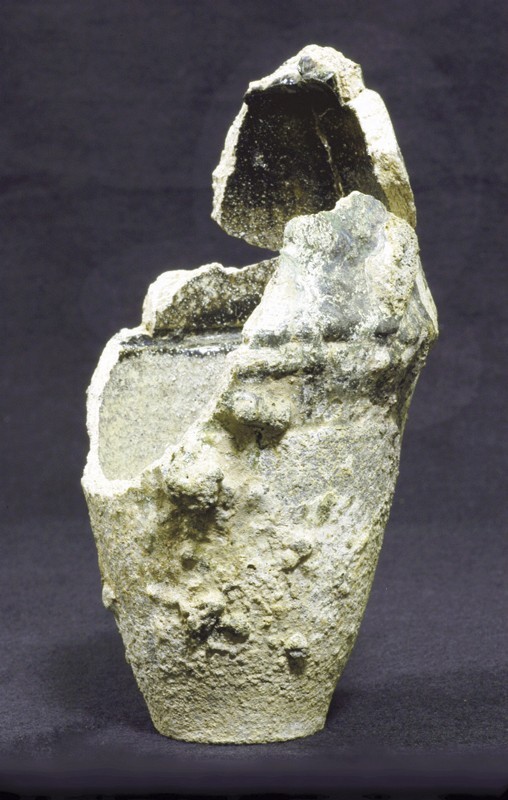
Crucibles, Hesse, Germany, ca. 1608. Refractory clay. H. of bottom crucible 3 1/2". (Courtesy, Jamestown Rediscovery Foundation, 151-JR.)
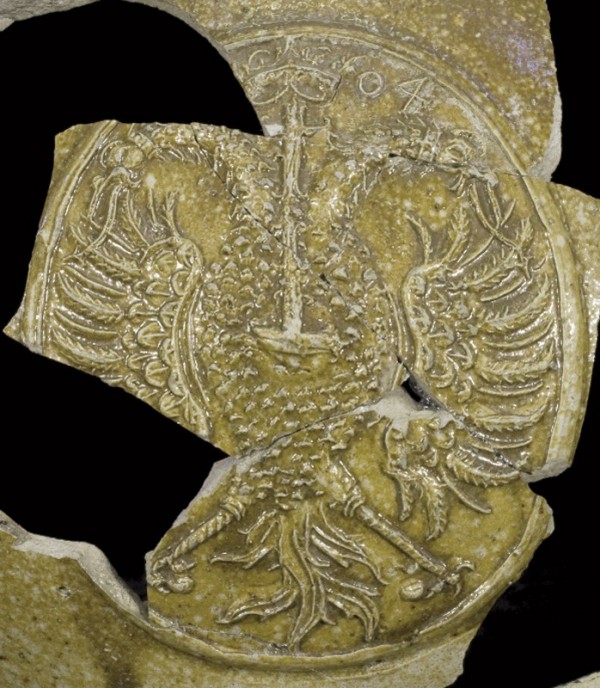
Bartmann jug medallion, Frechen, Germany, dated 1604. Salt-glazed stoneware. (Courtesy, Jamestown Rediscovery Foundation, 7913-JR.)

Mask of Bartmann jug found while water-screening materials from the ca. 1611–1617 well. (Courtesy, Jamestown Rediscovery Foundation.)
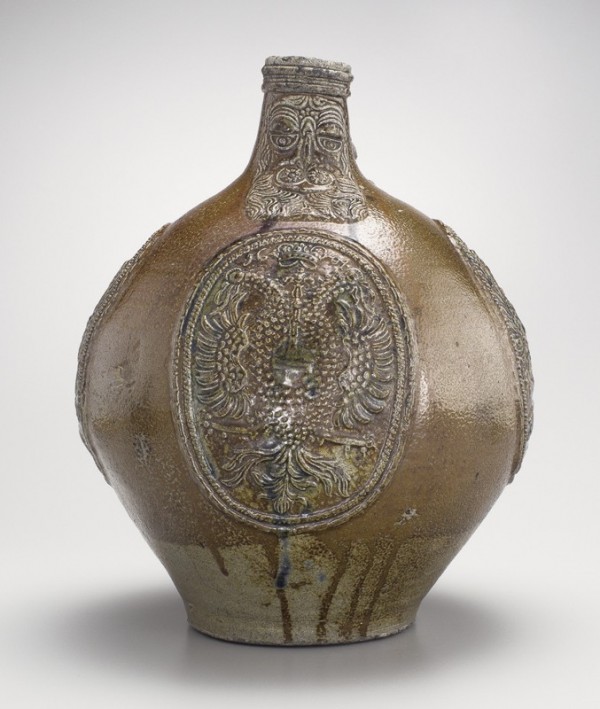
Bartmann jug, Frechen, Germany, dated 1604. Salt-glazed stoneware. H. 14". (Private collection; photo, Robert Hunter.)
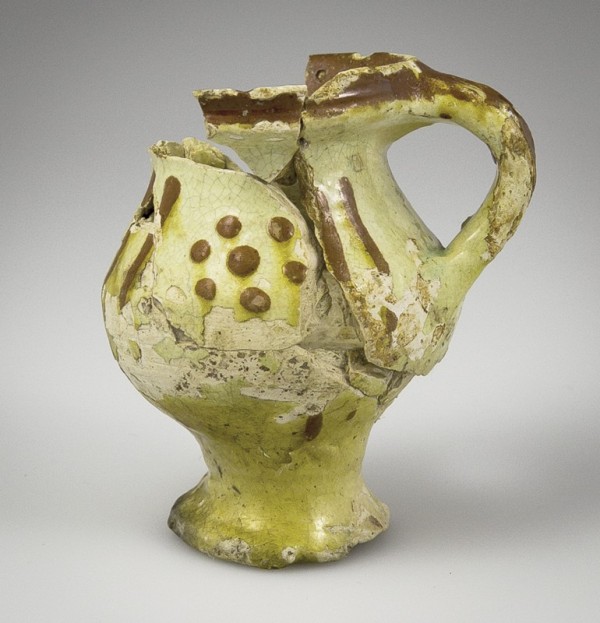
Pedestal cup, Germany, ca. 1590–1617. Lead-glazed earthenware with slip decoration. H. 3 1/2". (Courtesy, Jamestown Rediscovery Foundation, 6655-JR.)
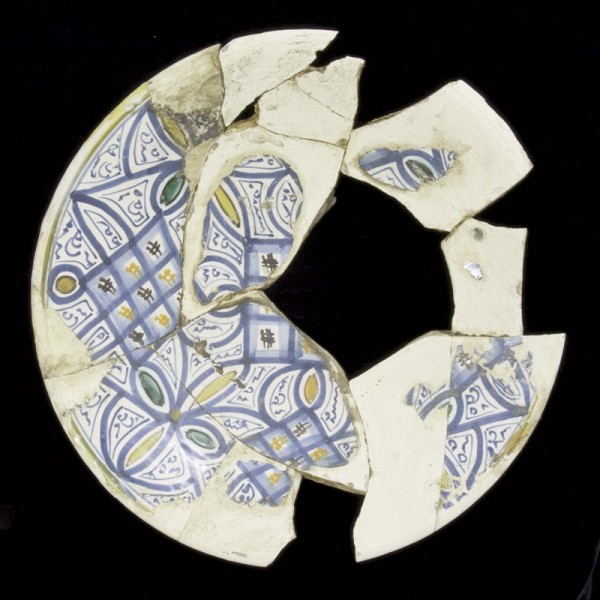
Dish, Montelupo, Italy, ca. 1580–1617. Tin-glazed earthenware. D. 12 1/2". (Courtesy, Jamestown Foundation, 7919-JR.)
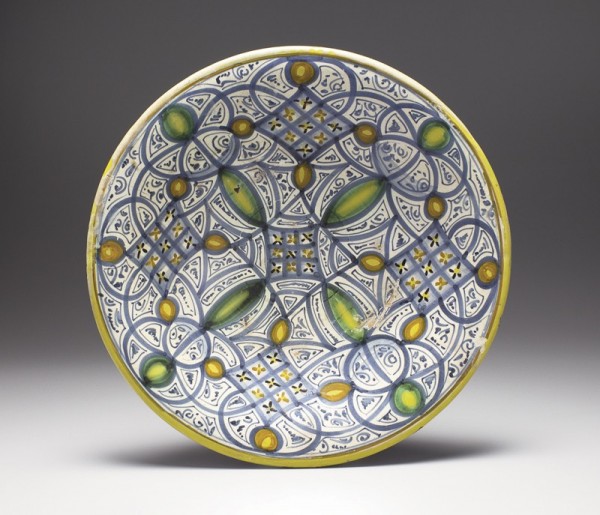
Dish, Montelupo, Italy, ca. 1580–1620. Tin-glazed earthenware. D. 12 1/2". (Private collection; photo, Robert Hunter.)
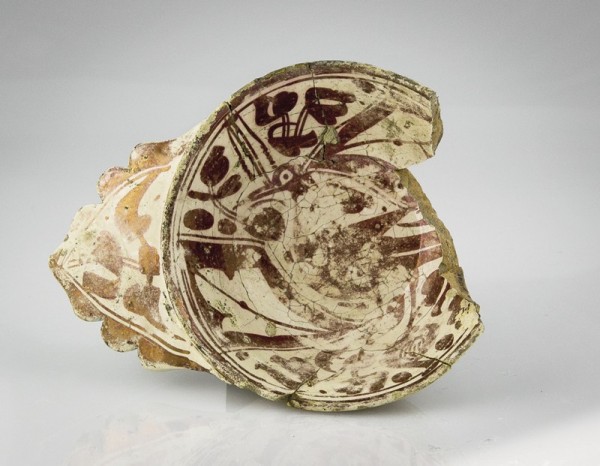
Escudilla, Muel, Spain, ca. 1607–1610. Tin-glazed earthenware. H. 1 3/4"; D. of bowl 4 1/2". (Courtesy, Jamestown Rediscovery Foundation, 7944-JR.)
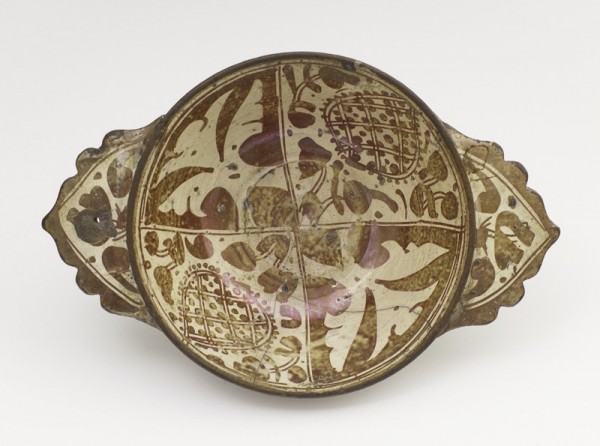
Escudilla, Muel, Spain, ca. 1600–1610. Tin-glazed earthenware. (Private collection; photo, Robert Hunter.)

Escudilla, Barcelona, Spain, ca. 1590–1610. Tin-glazed earthenware. D. 4 7/8". (Courtesy, Jamestown Rediscovery Foundation, 7417-JR.)
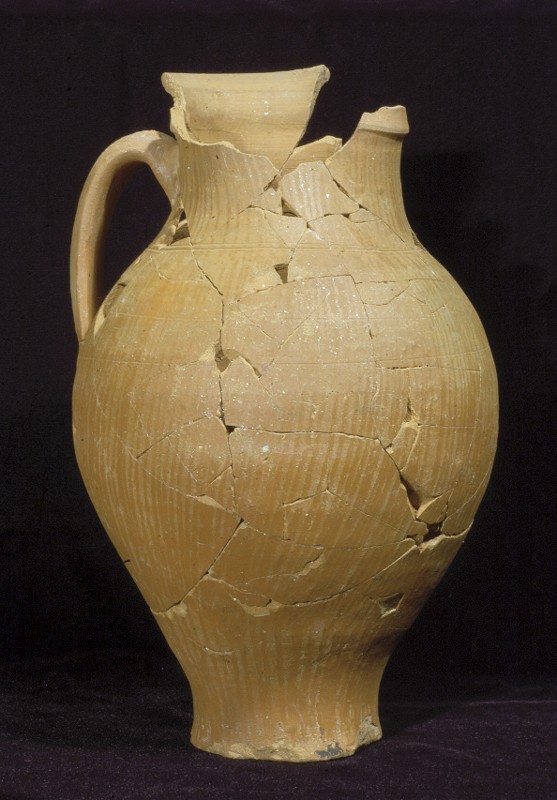
Pitcher, Portugal, ca. 1617–1624. Burnished earthenware. H 10 3/4". (Courtesy, Jamestown Rediscovery Foundation, 2005-JR.)

Bowl fragment, Zhangzhou, China, ca. 1572–1620. Slip-decorated porcelain. (Courtesy, Jamestown Rediscovery Foundation.) Mended section of one of two slip-decorated Chinese porcelain vessels found in disturbed contexts of James Fort.
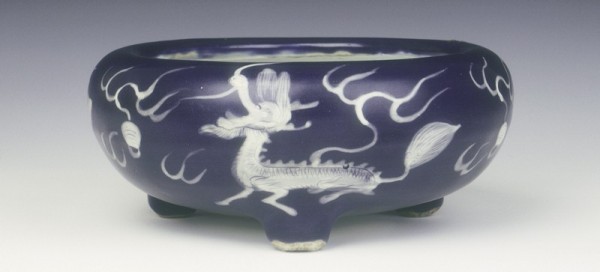
Censer, Zhangzhou, China, ca. 1572–1620. Slip-decorated porcelain. (Courtesy, HIP / Art Resource, NY.)
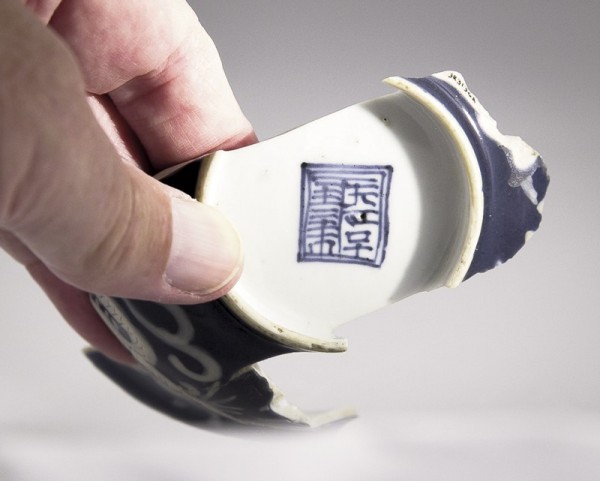
Archaic mark on the Jamestown bowl base fragment (7915-JR) suggesting that the vessels were made in Jingdezhen. D. of footring 2".
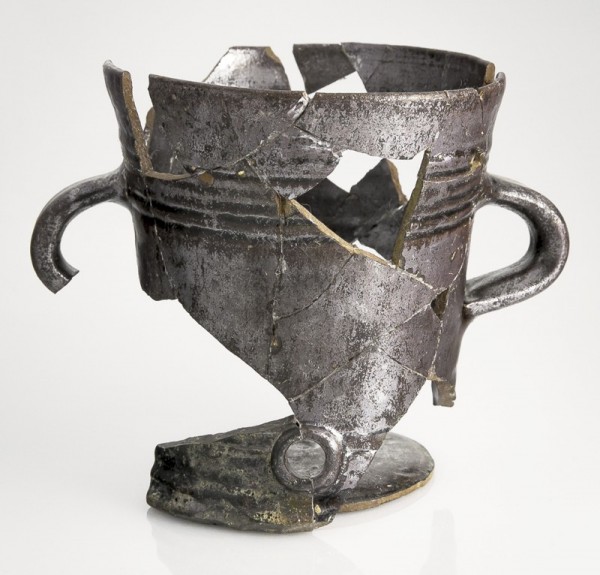
Drinking cup, Essex, England, ca. 1610. Lead-glazed earthenware. H. 5 1/2". (Courtesy, Jamestown Rediscovery Foundation, JR2718W-2158H.)
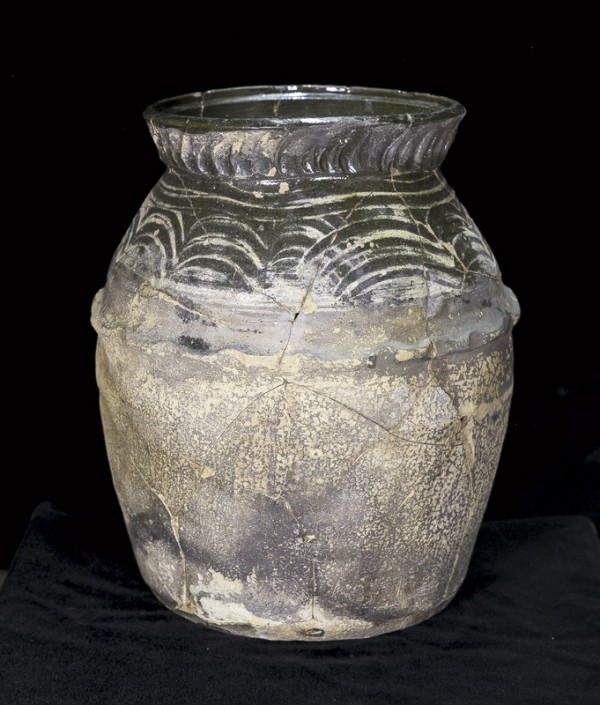
Storage jar, South Somerset, England, ca. 1610. Slip-decorated, lead-glazed earthenware. H. 14 3/4". (Courtesy, Jamestown Rediscovery Foundation, 5212-JR.) This jar might have been made in the pottery kilns of Donyatt.
